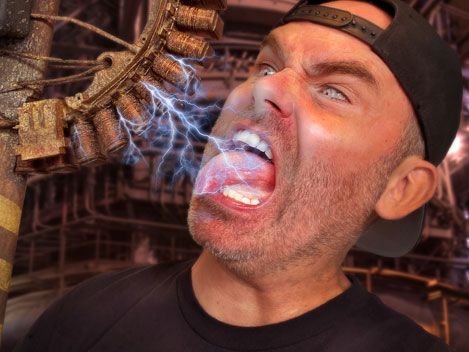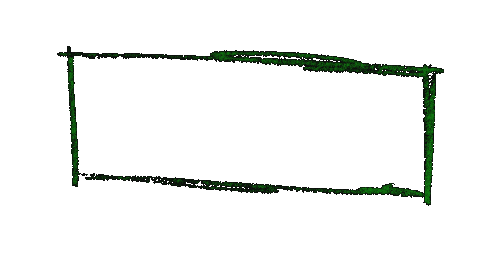Normally when you see a video game weapon prop some super-genius craftsperson played a game, zeroed in on something awesome, and then brought it to life using their hands and weird putties and clays. That’s not what happened here. This is the backwards tale of us commissioning some physical Wasteland props to display in our offices, and then using them as reference to create models and textures for the Cult of the Holy Detonation expansion as weapons you can play with.
When we commissioned these pieces, we worked with one of the best, Mark Cordory. We asked if he’d be up for answering some of our naive questions, and he amazingly agreed.
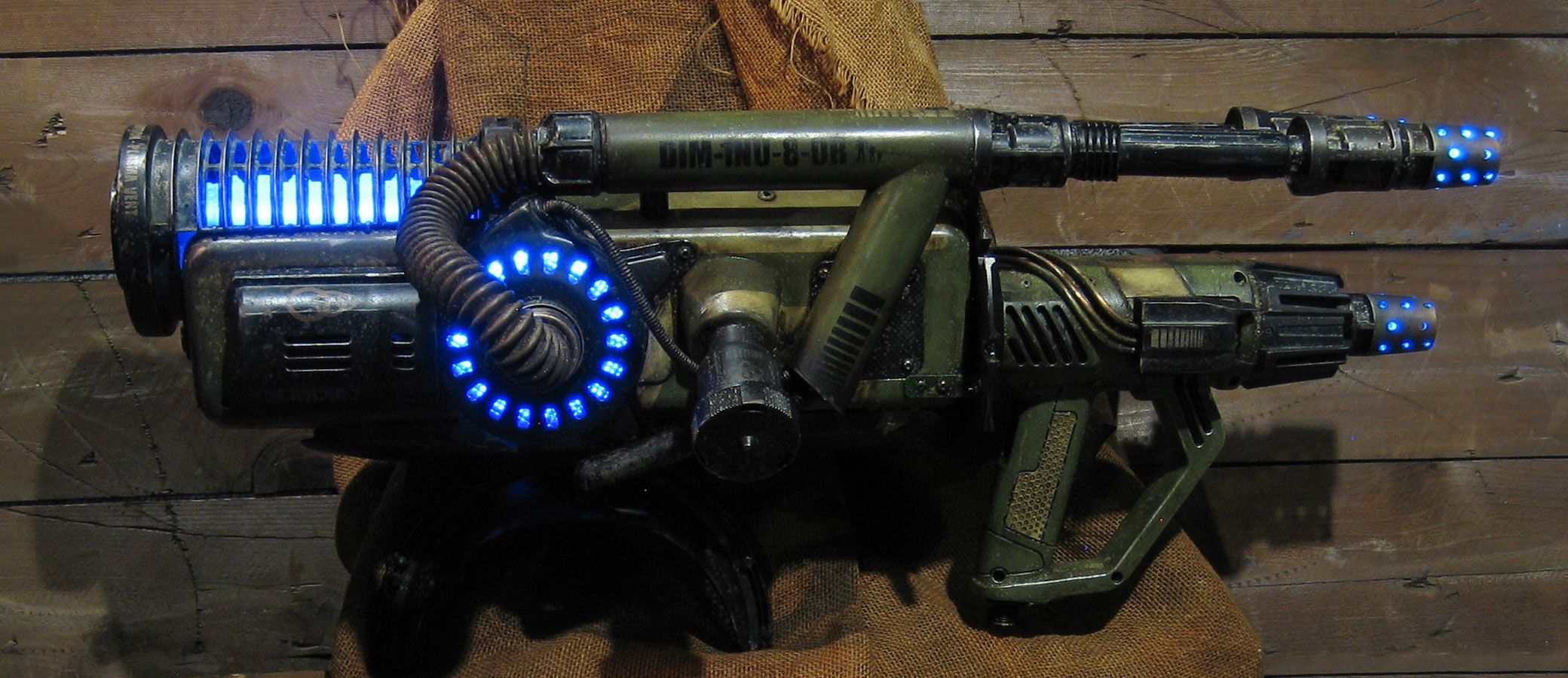
Q: So, Mark, you have a really impressive selection of TV and movie props you’ve made over on your website (MarkCordory.com), and it begs the question how you got into this and how long you’ve been doing it?
A: Thanks, I’m glad you like my work, and I was really pleased to be invited to contribute some weapon designs and builds to Wasteland 3.
I’ve been a props (and costume and puppet) maker since the mid 1980’s. As a child I’d grown up with a fascination for all things SciFi and Fantasy, and my Friday nights would be spent watching old black and white SciFi and Fantasy/Horror classics on TV. I was always making ‘stuff’ as a kid, (a lot of Aurora model kits, Meccano, etc.), and art was by far my best subject at school, so choosing a career in the arts, and eventually Film and TV, was kind of a natural progression for me. Fortunately, I really enjoy my work and I’ve been lucky to be involved in a lot of fun projects over the years.
Q: The pieces started as your own designs (Diminuator, Bolt Thrower, Ragnashock) with a little bit of guidance from our team, which is kind of backward for how this usually goes for video game props. Tell us a bit about how that process worked.
Mark: My process for building anything within the Post-Apocalyptic genre is a pretty organic one; I’ll start with a general idea, but I like to let things evolve as I work on them. I’ll usually start with a selection of pieces I’ve scavenged from various places–flea markets, car boot sales, even skips (industrial dumpsters) etc. – and play around with them to see what might work to fulfil any particular brief.
It’s very much like the process I used for a lot of the builds I created during my time running Props Fabrication on the Eccleston and early Tennant seasons of Doctor Who. Budget and facilities were very limited in those early days, so a lot of what my department produced was via a process of looking at existing shapes, (old vacuum cleaners, random parts off vehicles etc.), to see what would work for the brief since we didn’t have access (or time or budget) for things like 3D printers - it was pretty ‘old school’ stuff.

You guys actually referenced one of my Doctor Who builds—the ‘Defabricator’ from the Eccleston season finale—in our initial discussions, so that definitely informed the D1M-INU-8-0R’s design with the 3 prongs. I think creating stuff for the wasteland environment is a very similar process though, since that’s essentially what you’d be doing once the manufacturing of new items ceases – you’re going to be salvaging what’s left and repurposing it.

Q: Okay, so in the case of the Ragnashock – walk us through your thought process for how you imagine a weapon functioning. Does the end result (an electrical axe) inform the design, or do you start from materials side and let the scrap you’ve collected guide you?
Mark: The Wasteland designers gave me a very open brief for a melee weapon (just the sort of brief I enjoy) so I was looking for something that would just feel ‘cool’ and something that might offer some interesting game mechanics for the players. I’d had the old washing machine motor stator (the copper-bound ring that forms the ‘blade’ of the Ragnashock) kicking around the workshop for a few months. As with a lot of things in my workshop, I knew it would come in useful at some point, I just didn’t know when.
I figured it would make an interesting head to a melee weapon and it also cried out to be something that would have some sort of electrical capacity to it as a weapon, so that single piece basically informed the rest of the build.
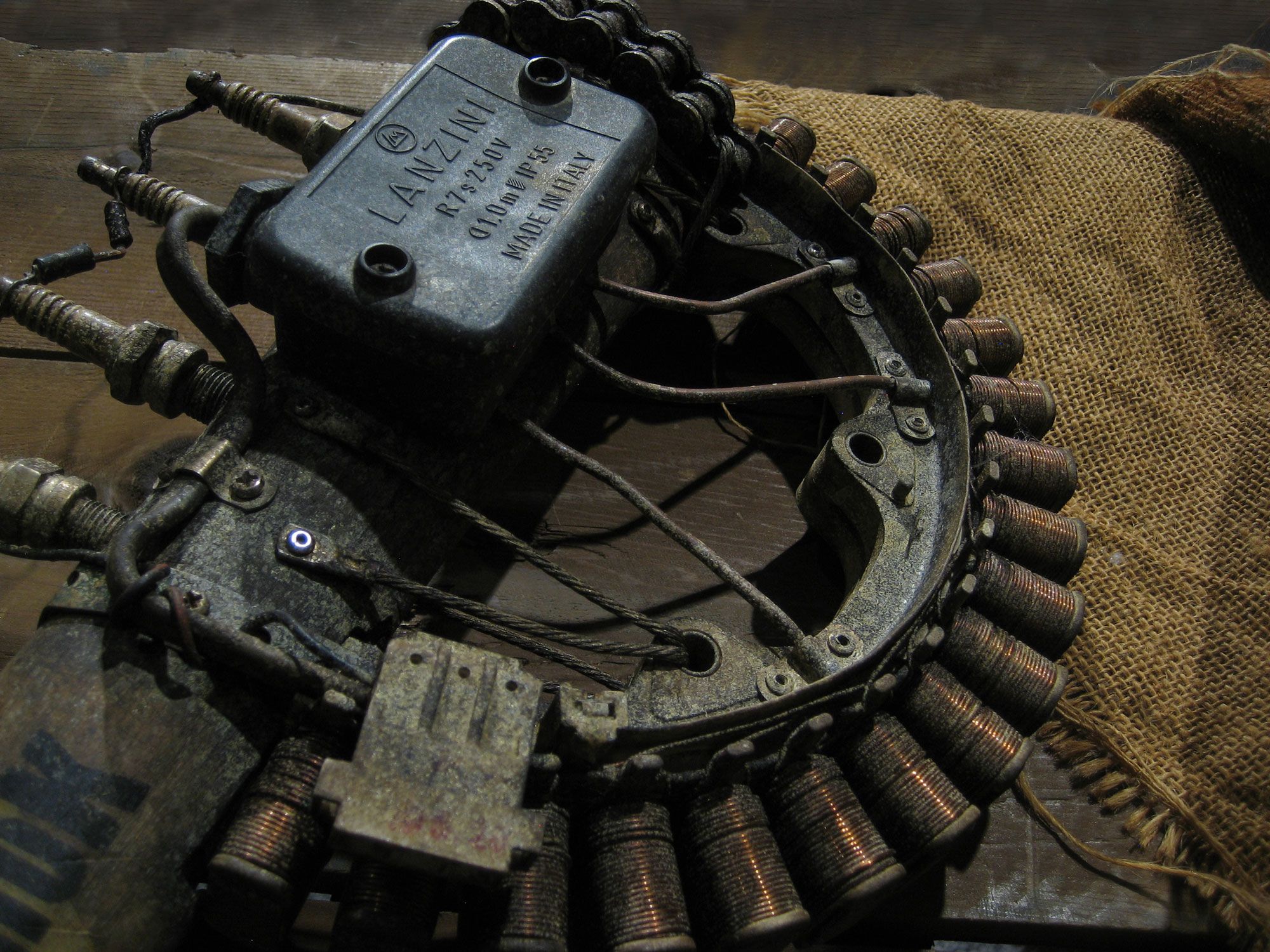
Q: The weathering on these pieces appears completely natural. How do you approach weathering your pieces, and do you have any secrets you can share?
Mark: It’s really all about faking the passage of time and creating a history for any particular piece whether it’s props or clothing—it’s basically lying in 3D.
Creating texture where there is none, whether that’s physically through dents and scratches on items, or repairs and patches on clothing, or visually through layers of chipped paintwork and dirt, it all helps to create a story. Giving pieces the feel of their previous uses through things like industrial or military stencils also helps create the feeling of things having been repurposed for the wasteland.
Basically you’re trying to create depth and layers of age, so that often involves repeated applications of paints and dyes and powders and inks, which can be a long process—creating the passage of time takes… time.

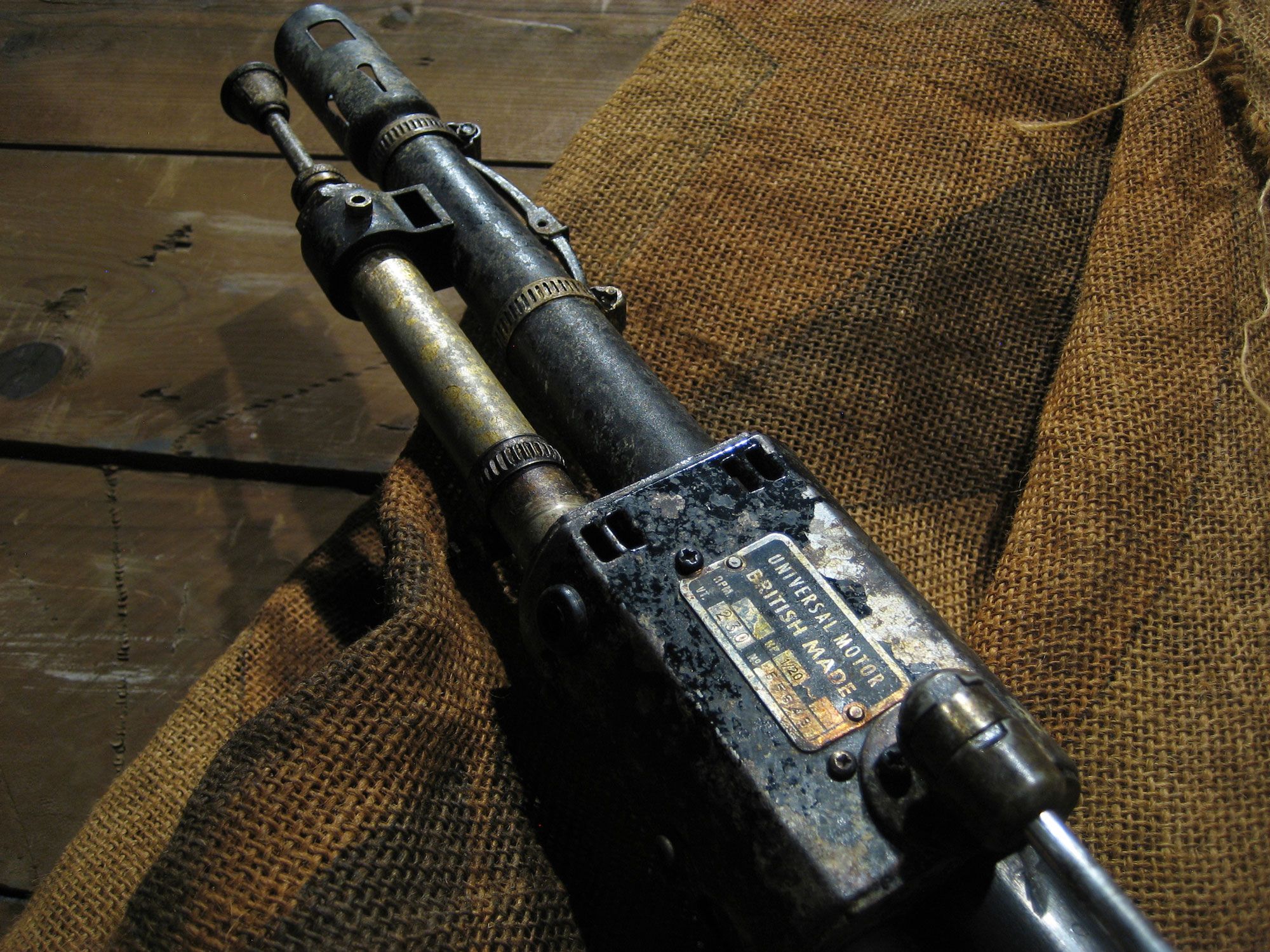
Q: What kind of advice would you give a burgeoning prop maker? Have band-aids on hand? Cut away from yourself? Don’t use the nailgun over the family’s dining room table?
Mark: The main thing I always say to anyone looking to get into this sort of work is: Health and safety people! There are so many ways to hurt yourself, either in the short term through burns and cuts, or in the long term with the chemicals and dusts you can be exposed to. A lot of the materials we use in this industry seem to be actively trying to kill you, so taking care to use the correct safety equipment is really important, whether it’s goggles for grinding, masks and proper extraction for fumes and particles, or gloves to protect yourself from chemicals – they’re all important because you’re only ever going to have one pair of eyes, lungs and hands, and you’re pretty screwed without them.
Other than that, I think you just need to have a genuine passion to learn and create fun stuff, and fortunately the internet offers so many useful tutorials for anyone who wants to learn cool, techniques, (my early, pre-internet, career was often spent scouring the pages of Cinifex and Fangoria looking for clues to how things were made, it’s much easier to find out these things today).
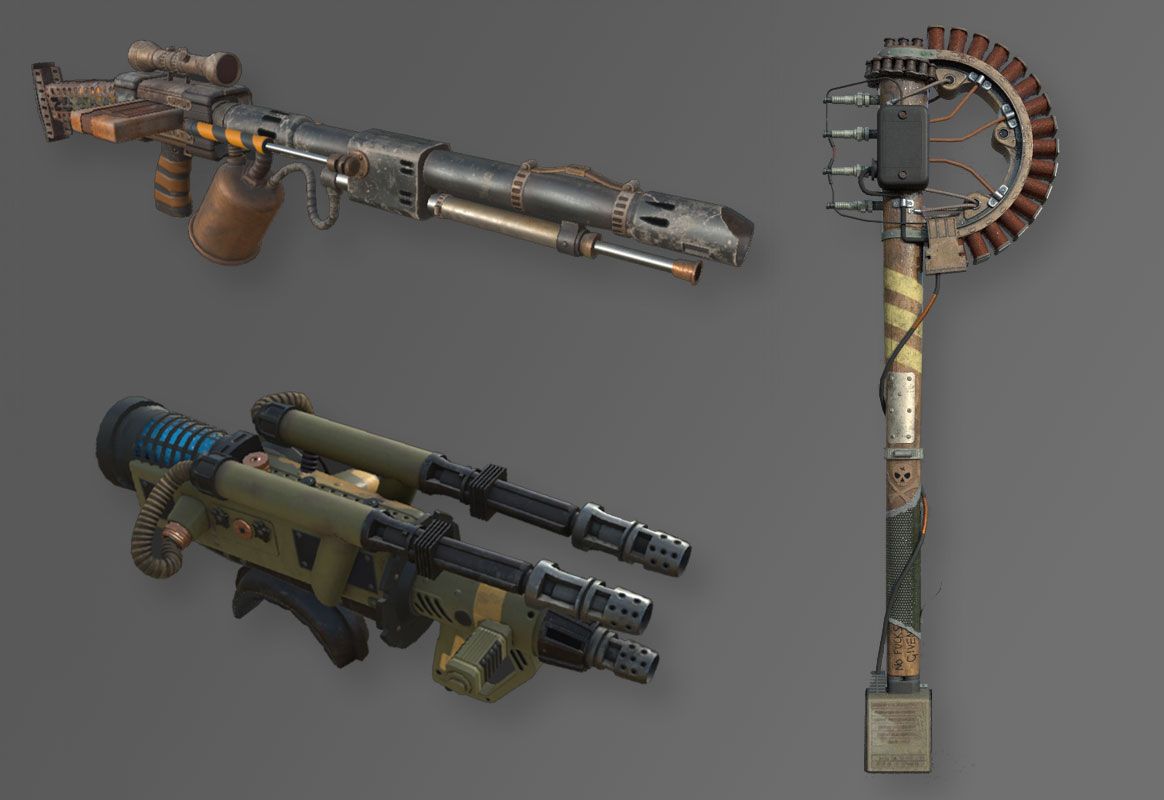
Cult of the Holy Detonation in-game weapon models based on Mark’s prop designs.
Q: Be honest: when you make your post-apoc pieces you envision yourself as someone out there foraging for scrap, right? What’s your alter-ego’s name and story?
Mark: Oh absolutely. I do a lot of LARP—I’ve been active in the hobby since 1982—in fact I got into the Post-Apocalyptic genre through a LARP here in the UK about 7 years ago, so walking around in costume pretending to be a wasteland survivor is something I’ve done a lot of.
My main character ‘Strugatsky’, (named after Boris and Arkady Strugatsky, the authors of ’Roadside Picnic’ which is one of my favourite semi-apocalyptic novels), has been to quite a few different apocalypses over the years, including the OldTown festival in Poland and Wasteland Weekend in California - both amazing festivals. Strugatsky's kind of old and grizzled, (a bit like myself these days alas), but he’s not dead yet. I guess his secret is that he doesn’t really take the apocalypse too seriously – even at the end of the world you still need to find some humour righ, and he’s also the character in the ‘I’m Going To The Store, Do You Want Anything’ meme that did the rounds last year (yup, that’s me) – 2020 was a strange year all round!
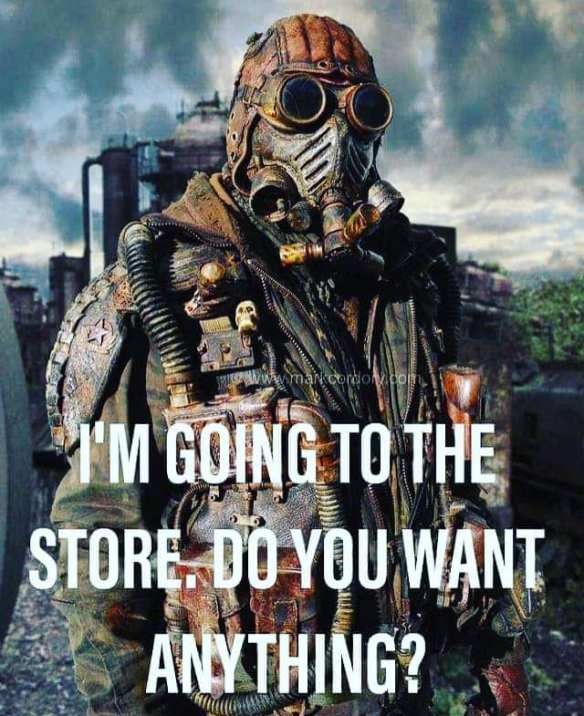
Q: Where can people find your stuff, and do you want to give anyone a shout out?
Mark: You can find my website at markcordory.com where you’ll also find links to my various online platforms on Facebook, Instagram and Pinterest, plus my stores on Redbubble and TeePublic.
As to a shout out: well the Post-Apocalyptic genre has inspired a lot of incredibly talented crafters over recent years, so there’s a lot of great work out there, but I have to give special mention to a few of my favourites including Wasteland Pirate, (whose work is probably among the best out there at the moment), Evan Ohl, (who’s work on weapons is just pure movie-quality stuff), and also Moxx Industries and Craft Collabo who are both producing amazing work, so go and check them out.
Anyway, thanks again for giving me the opportunity to contribute to your game!
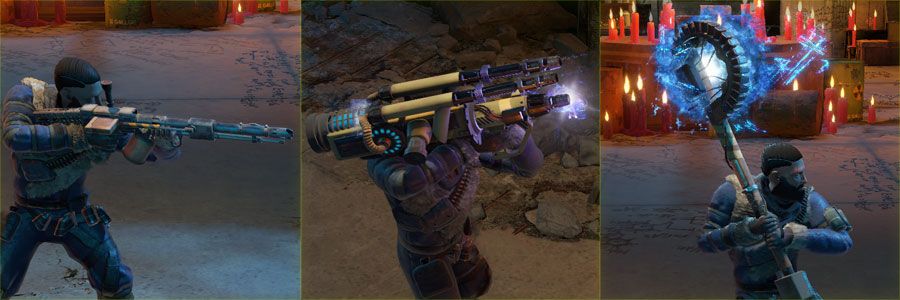
Thank you, Mark! We’re excited to have some incredible post-apoc creations to display at our offices, but we’re also excited to play with them in Wasteland 3! We hope you enjoyed this short Q&A, and hope you’ve enjoyed putting the Bolt Thrower, Diminuator, and Ragnashock to good use in the Cult of the Holy Detonation expansion.
Before we split, here’s our Community Manager Matt “Mattonomicon” Amy messing around with the Ragnashock. Tastes like a penny!
